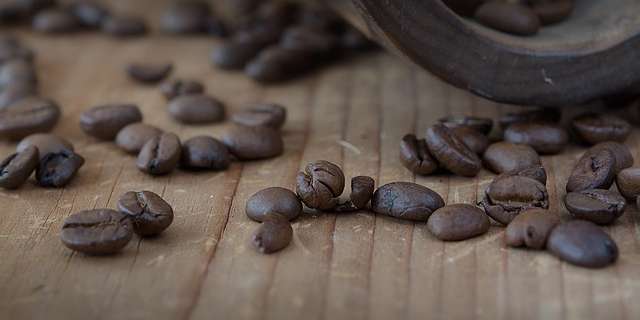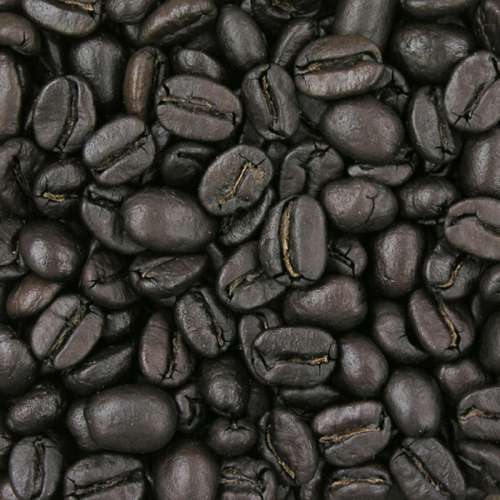Darker Coffee Bean Shades Pose Challenges
Color measurement solutions are essential for coffee roasting because there’s a strong link between a coffee’s color and its flavor. The lighter the roasted beans are, the fruitier and sweeter the resulting coffee will be, whereas darker roasts start to lose these light, fruity flavors. In a dark roast, certain flavors in the coffee, such as chocolate-like notes, become stronger, while more subtle flavors, like fruit, disappear. However, if you roast your beans for too long, even these strong chocolate flavors begin to turn bitter, resulting in an unpleasant, burnt taste.
The challenge of dark roast coffee is that when you get into the darkest end of the color scale, it’s much more difficult to spot the differences between a bean that’s extremely dark brown in color and one that’s veering into the black end of the scale. As a product’s color approaches the darkest shades that the human eye is capable of seeing, some available visual light is absorbed.2 When this happens, it’s harder to spot differences because the beans appear too dark to accurately detect subtle hues of brown within the black. What’s more, even when you compare dark roast coffee beans to a standard color sheet, most beans are going to lie somewhere between that ideal color and the color next to it. The accuracy of color measurement solutions that rely on the human eye alone are often biased; one viewer might see a dark bean that appears closer to the ideal color on the color scale card, while another might see a bean that’s closer to the “burnt” end of the scale.
The Fine Line Between Dark and Burnt Beans
Small inconsistencies in color perception add up over time and could have serious consequences for your company. To start, inconsistent roasts could make your company appear less reliable to consumers, which may impact your sales in the future. A new customer may be impressed with your company’s ability to craft a dark roast that doesn’t taste burnt the first time, but if the next package that they buy from you is too deeply roasted, they may be afraid to buy coffee from you again. It’s also important to remember that, while dark roast coffee beans can appear nearly identical in color to burnt beans, there is a significant difference in flavor. It’s true that a quality dark roast coffee will have fewer flavors than lighter roasts, but that doesn’t mean that all dark roasts are flavorless and bitter.3 The goal is to achieve a bold profile and full-bodied feel without making your coffee taste like bitter charcoal.





